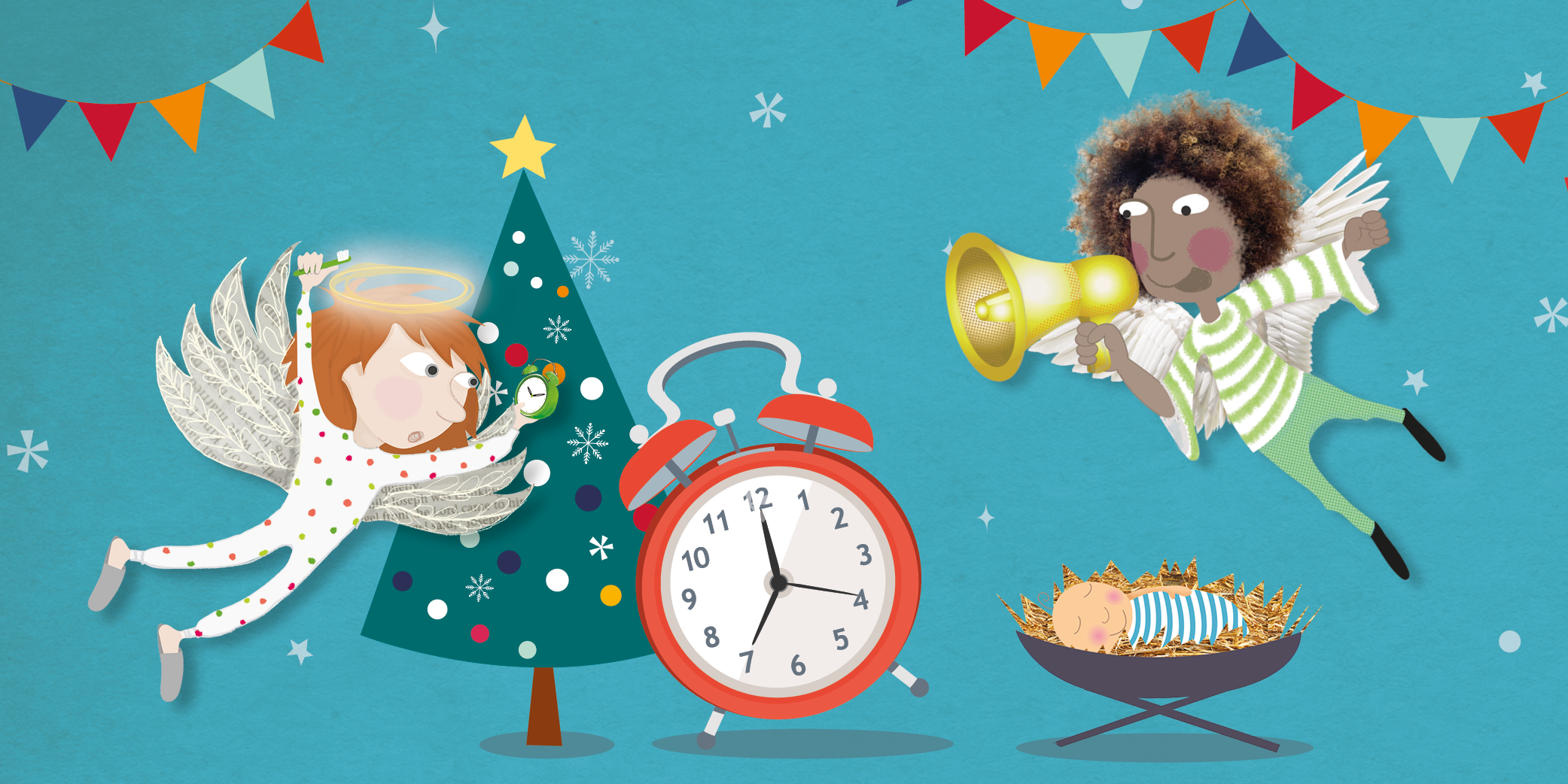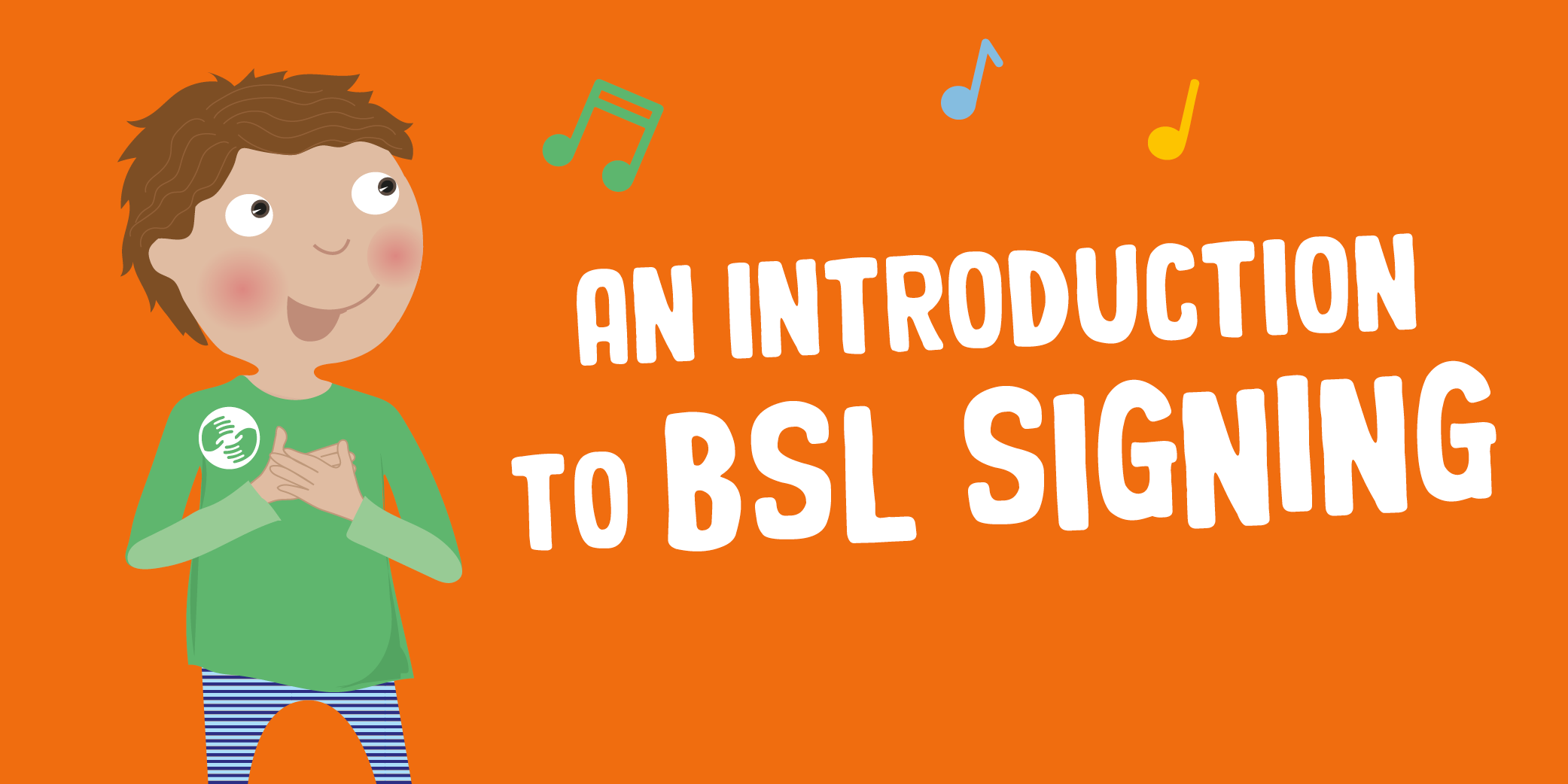
Putting on a nativity takes hours of preparation and hours of rehearsal, and if you’re running late this year, you may be panicking about how to fit it all in. You still have time! And here are seven handy hints on how to put on a nativity in less time than usual.
Choose a nativity musical with a smaller duration time than usual and fewer songs to learn. You can see the duration of our nativities at-a-glance by using our Nativity Finder.
Even before you get the chance to properly teach the songs to the children, have them playing in the background as they come into the classroom, during tidy-up time or while they are doing art and craft. It’s amazing how quickly they absorb new songs, and this will significantly cut down on precious learning time during rehearsals.
With a Sparkyard subscription or free trial, you can share links with your cast so they can listen at home! You can find out more about share links here.
Add some actions to the songs as these remind children of the lyrics. Simple actions are best so that the children can also focus on singing confidently.
Think about giving out a verse of a song as a solo to a confident child who can learn it quickly at home, cutting down on the amount of lyrics the other children have to learn.
If a song still makes sense, why not replace one of the later verses with verse 1 so that the children aren’t having to learn so many words, or for a two-verse song, just repeat verse 1 twice? The children will sing out much more confidently and enjoy the performance if they are really sure of the words.
If there are just too many songs to learn, why not put on the vocal track of one of them instead and get a small group of children who can rehearse separately to do a simple dance, or play percussion.
Often the children can learn their lines fairly easily at home, but learning their cues takes a lot of rehearsal time that you might not have. Having some lines hidden in some handy props means that children can see when their line is coming and look up with confidence to say it. For example, could any of the characters be sitting at a table with the words stuck on it, out of view of the audience? Are a particular character’s lines appropriate for reading from a scroll? Might an innkeeper have a newspaper or large mophead with him, hiding his bit of script? Would a particular character not look out of place with a clipboard, e.g. some census-takers, Caesar or someone playing a teacher or host role? There are all sorts of ways to give unseen cues to children to help them to deliver their lines more confidently, sure that they’re coming in in the right place.




